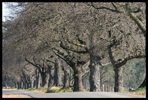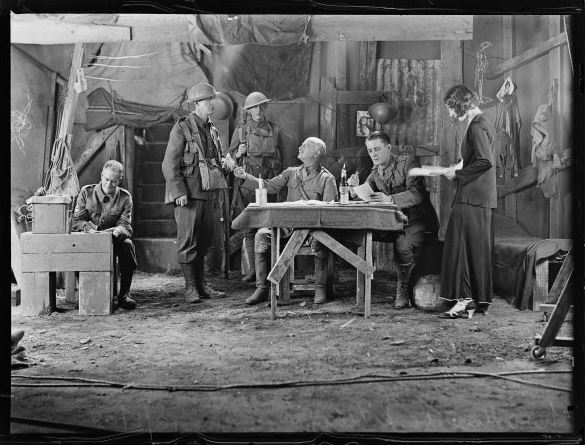Australia's first World War I film was released in 1914 (after Alfred Rolfe's 1911 Boer War film, Mates of the Murrumbidgee). Titled 'A Long, Long Way to Tipperary', the film was set in Ireland and based around the British music hall song of the same. It had little to do with Australians in the war, but it marked the beginning of a succession of Australian films set in and around World War I.
Explore those works in this exhibition of the Great War in Australian film.
The tile collects together all of the World War I films made in Australia during the actual war years (1914-1918).
Explore the films, presented in chronological order, below.
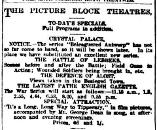

It's a Long Long Way to Tipperary was written in 1912, but rapidly became associated with World War I. Telling the story of an Irish soldier and his sweetheart, the film has nothing to do with Australian servicemen, but was Australia's first war film.
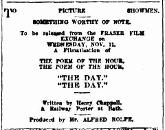

A silent film adapted from a poem by an English railway porter/poet, which opens with the stanza:
YOU boasted the Day, and you toasted the Day,
And now the Day has come.
Blasphemer, braggart and coward all,
Little you reck of the numbing ball,
The blasting shell, or the "white arm's" fall,
As they speed poor humans home.
(Via All Poetry)
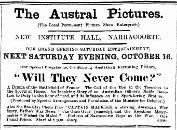

A recruiting film, this one showed two brothers: one who enlisted and one who shirked. It was so popular that its makers followed it up with The Hero of the Dardanelles.
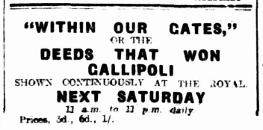

This film of German spies and the storming of Gallipoli was based partly on the play The Man Who Stayed at Home.


The first film to treat the Gallipoli campaign, The Hero of the Darndanelles was released less than three months after the first landing at Gallipoli, although newspapers such as the Sydney Mail were already filling their pages with lists of the dead.


A spy drama set on the home front, For Australia follows a journalist in uncovering a German spy ring.
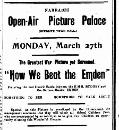

A film showing the Battle of Cocos, on 9 November 1914, in which the HMAS Sydney encountered the German light cruiser SMS Emden, after reports of an attack on a communication station on Direction Island.
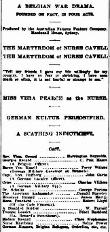

Written by Australia's first professional female script-writer, Agnes Gavin, this film was released in Australia around the same time as a similar film was released in England. Both drew on how recently Nurse Cavell had been executed and the resulting fury of the Allied press.
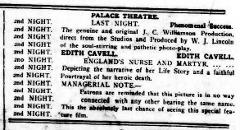

Released a few weeks afer the Gavin film about the execution of Edith Cavell, Edith Cavell was the first of two films about atrocities in Belgium that Lincoln produced in rapid succession.


A sequel to W.J. Lincoln's Edith Cavell, La Revanche picked up where the first film ended, and followed the pursuit of vengeance against not only those who executed Edith Cavell, but also the German army more generally.
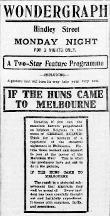

Where most films of the war years focused on events in areas that were actually seeing fighting (especially Belgium, but also France and the Dardanelles), this film sought to bring the threat to Australia itself–and likely more for recruiting than artistic purposes.
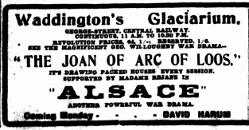

A film based on Frenchwoman Émilienne Moreau-Evrard, who was a heroine of World War I and later a high-profile female member of the 'Brutus' Resistance network during World War II.
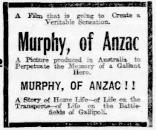

The first film to deal with the Gallipoli experiences of John Kirkpatrick Simpson ('the man with the donkey'), the film was criticised for its inaccuracy by returned service personnel: 'If the man who wrote the story that the film was built up on had ever spoken to a Ninth man, or to one of the early Dinkums, he would have got material that would bring thousands to see the picture in any country in the world.' ('Murphy of Anzac: Film's Accuracy Doubted', Cairns Post, 17 February 1920, p.8).
A film made for British audiences, by splicing together footage from For Australia and How We Beat the Emden and adding an over-arching narrative about two brothers.
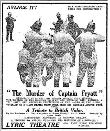

Along with the execution of Edith Cavell and the sinking of the Lusitania, the execution of Captain Fryatt for ramming a German submarine is one of the events of World War I that particularly caught the attention of people in Allied countries.
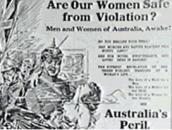

A film set on the home front, Australia's Peril is reminiscent of For Australia, not least because both films have to do with the menace of German spies.


A spy drama, The Enemy Within was specifically not marketed as a war film, allegedly because audiences had begun to weary of war films. But that didn't stop newspapers describing the protagonist as 'a secret service special agent, on the track of the men who set the mines off Gabo, sunk the Cumberland, and brought the Wolf to the Pacific' (North Western Advocate and the Emu Bay Times, 12 August 1918, p.2).
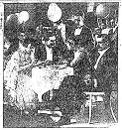

Made as a fundraising activity for the Red Cross, the film follows the attempts of a German spy to wreck the career of a young member of the idle rich.
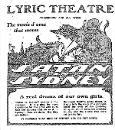

One of the last of Australia's war-time films, Satan in Sydney was partly a moralising film about the risks to unaccompanied girls in Sydney and partly a recruiting film about the dangers of German spies.


Unfortunately lost, Scars of Love appears to have been Australia's only war film about an Australian nurse on the front (although multiple films were made about Edith Cavell).
This tile collects together a selection of films about World War I made between the end of World War I and the beginning of World War II.
Explore the films, presented in chronological order, below.
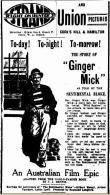

The first film about Gallipoli to be made after the war, Ginger Mick follows the 'cobber' of The Sentimental Bloke through his everyday life, his enlistment, and his death at Gallipoli.


Ostensibly a sporting film, but the events of A Rough Passage only occur because the protagonist comes back from the war to find himself utterly broke and jilted to boot.
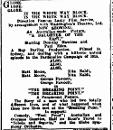

This privately financed film was commissioned to highlight the contributions of Greek people to the British war effort.
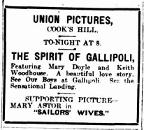

The Spirit of Gallipoli is very much a post-war film, with a young recruit in the Liverpool camp dreaming back to the Gallipoli landing–the scenes of which were lifted from The Hero of the Dardanelles (1915).
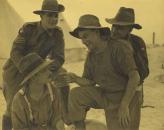

A comedy about three mates serving in the Australia Light Horse in Palestine during World War I.
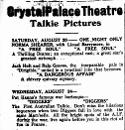

The adventures of Chic Williams and Joe Mulga, serving in the AIF in France in 1918.
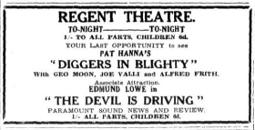

Originally facing ten days in the stockade, Chic and Joe instead find themselves rewarded with ten days' leave in London, at which point hijinks ensue.
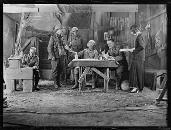

An anti-war film, directed by Paulette McDonagh from Leslie Haylen's adaptation of his own play, Two Minutes' Silence takes place as flashbacks within the two minutes' silence on Armistice Day.
Secret Agent is an American film directed by Alfred Hitchcock, and based ultimately on W. Somerset Maugham short stories. But it comes to the screen via the stage version by Australian Campbell Dixon.

The relatively restrained advertisement for Australia's first war film, from the Williamstown Chronicle (26 December 1914, p.3).
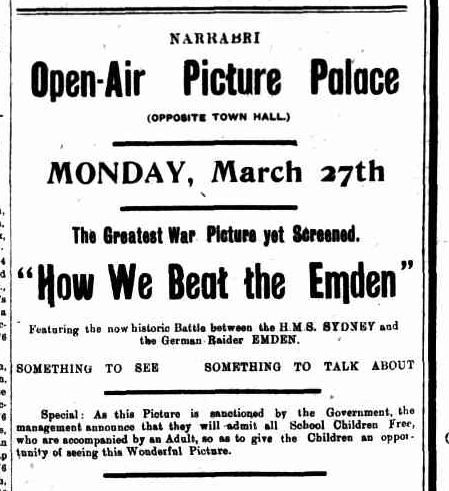
A regional advertisement for How We Beat the Emden, a film based on the Battle of Cocos (1914). This advertisement comes from the North Western Courier (Narrabri), 27 March 1916, p.3.
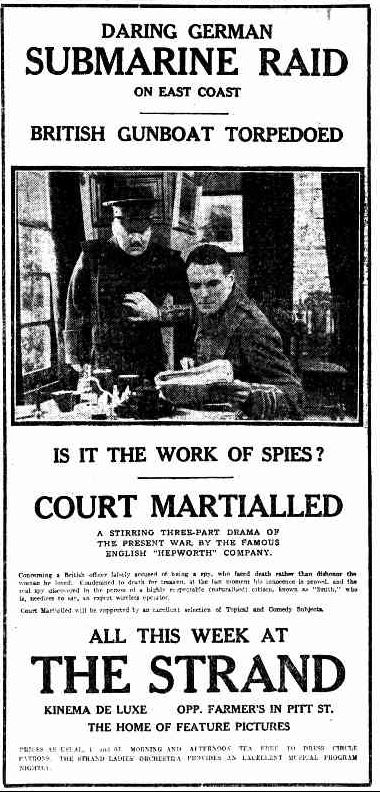
This British film was given attention in the Australian press, including this dramatic pictorial advertisement (a form that was barely being used to advertise Australian films at the time). This advertisement appeared in the Sunday Times, 22 August 1915, p.6.

One of five stills from La Revanche used to advertise the film in Melbourne newspaper The Independent, 15 April 1916, p.7.
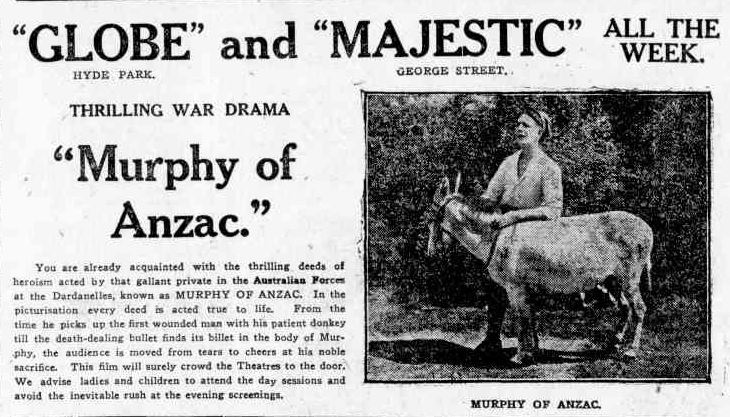
This advertisement from the Sunday Times (23 April 1916, p.6) makes use of the iconography of the donkey.
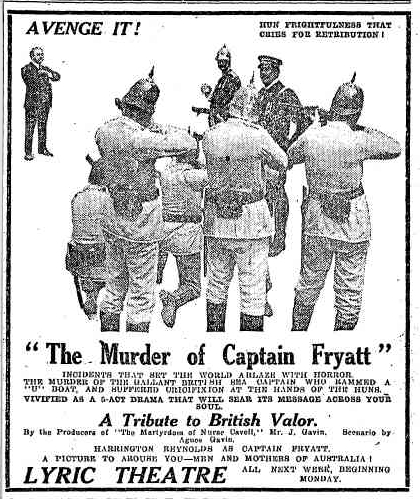
An advertising image for the Agnes and John Gavin film The Murder of Captain Fryatt, from The Mirror of Australia, 24 February 1917, p.14.
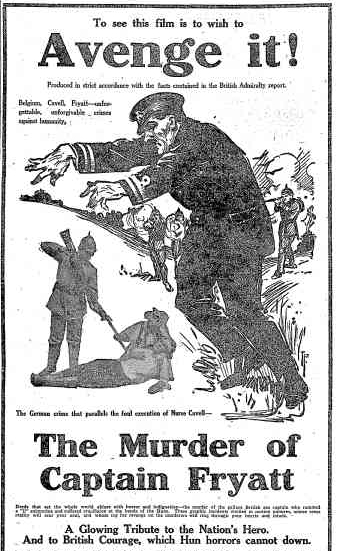
A second advertising image for The Murder of Captain Fryatt, this one from the Sunday Times, 25 February 1917, p.28.
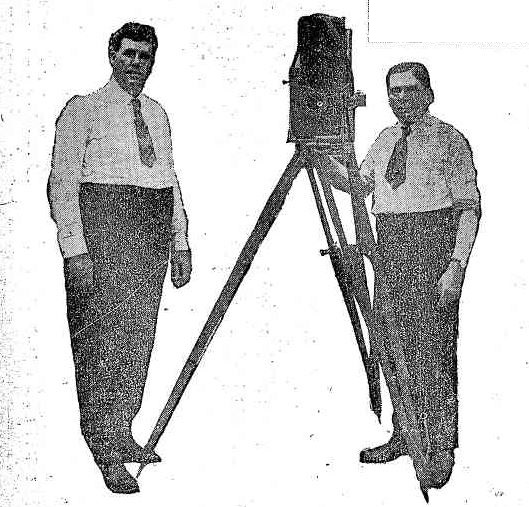
The Mirror of Australia published this image as part of a collection labelled 'A Few Stars and Scenes from Picture Screens' (20 January 1917, p.12). The image is captioned 'Jack Gavin and Franklyn Barrett take their coats off when they are in the studio. Here they are producing "The Murder of Captain Fryatt."'
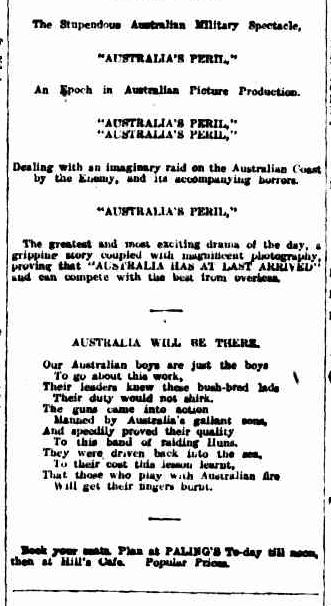
The Sydney Morning Herald (19 May 1917, p.2) advertised the wartime spy film with a verse of stirring patriotic poetry:
AUSTRALIA WILL BE THERE.
Our Australian boys are just the boys
To go about this work,
Their leaders knew these bush-bred lads
Their duty would not shirk.
The guns came into action
Manned by Australia's gallant sons,
And speedily proved their quality
To this band of raiding Huns.
They were driven back into the sea,
To their cost this lesson learnt,
That those who play with Australian fire
Will get their fingers burnt.
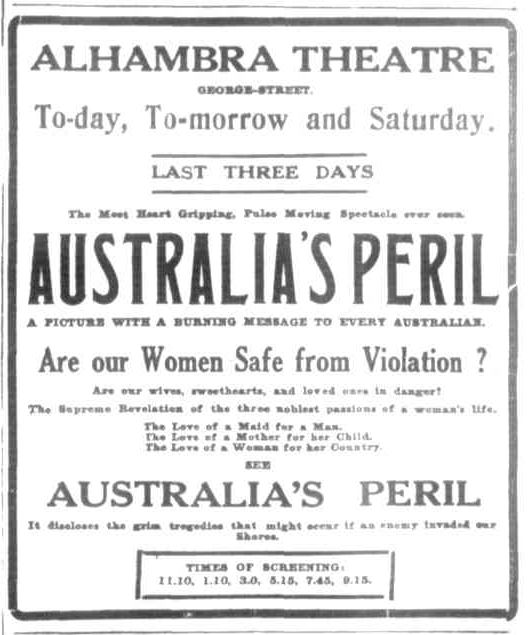
Conversely, the Evening News (31 May 1917, p.8), eschewing poetry, went with the direct question instead: 'Are Our Women Safe from Violation?'
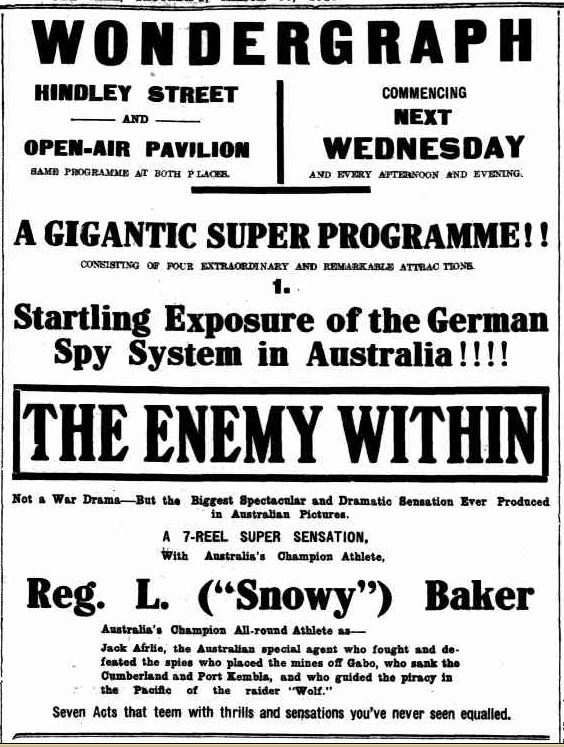
This advertisement from the Mail [Adelaide] (30 March 1918, p.8) walks a fine line between calling The Enemy Within a war film (which its producers did not) and calling it a spy film with some war overtones.
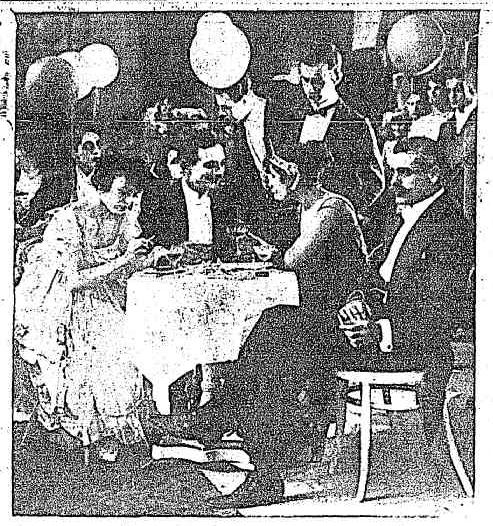
Written by a returned soldier, His Only Chance was filmed by amateur actors as a fund-raising activity for the Red Cross. Punch in Melbourne (16 May 1918, p.19) published a page spread of stills from the film, including this one, in which the German spy and his target relax in a nightclub. The spy (far right) was played by the film's writer, Captain Conant.
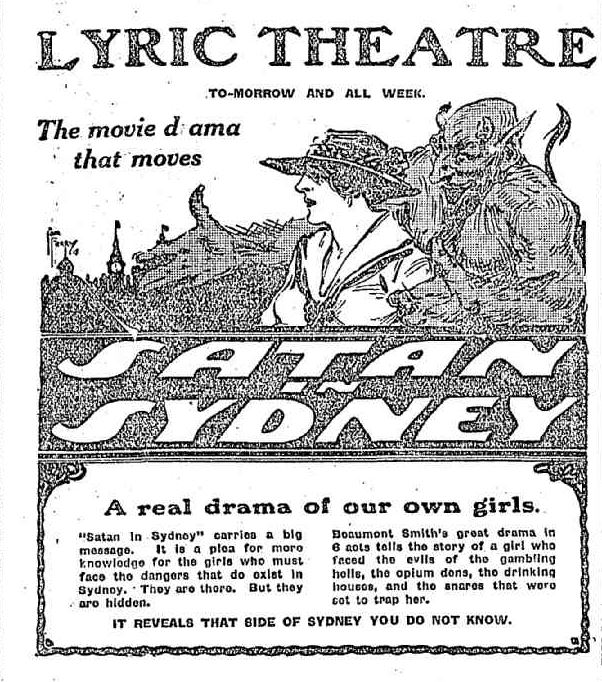
This advertisement from the Sunday Times (14 July 1918, p.12) plays down the war aspect of this, one of Australia's last war-time war films.
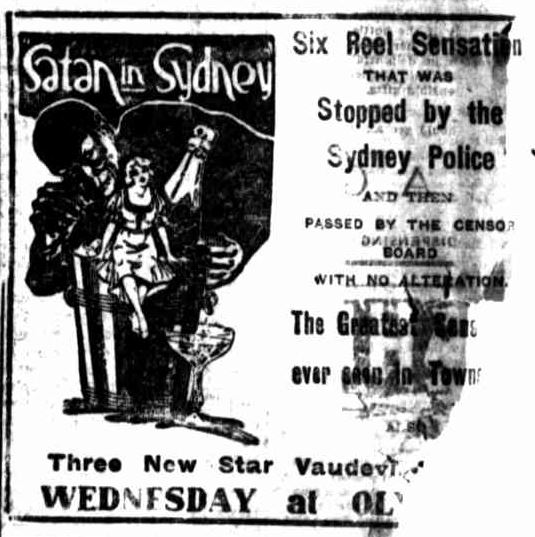
Similarly, this advertisement from the Townsville Daily Bulletin (28 December 1918, p.3) shows nothing of the film's war themes.
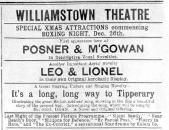
The relatively restrained advertisement for Australia's first war film, from the Williamstown Chronicle (26 December 1914, p.3).
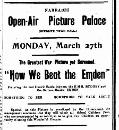
A regional advertisement for How We Beat the Emden, a film based on the Battle of Cocos (1914). This advertisement comes from the North Western Courier (Narrabri), 27 March 1916, p.3.

This British film was given attention in the Australian press, including this dramatic pictorial advertisement (a form that was barely being used to advertise Australian films at the time). This advertisement appeared in the Sunday Times, 22 August 1915, p.6.
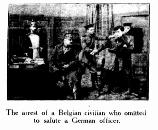
One of five stills from La Revanche used to advertise the film in Melbourne newspaper The Independent, 15 April 1916, p.7.
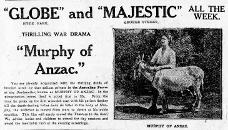
This advertisement from the Sunday Times (23 April 1916, p.6) makes use of the iconography of the donkey.
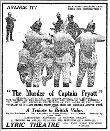
An advertising image for the Agnes and John Gavin film The Murder of Captain Fryatt, from The Mirror of Australia, 24 February 1917, p.14.
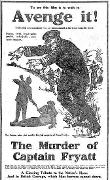
A second advertising image for The Murder of Captain Fryatt, this one from the Sunday Times, 25 February 1917, p.28.
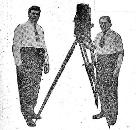
The Mirror of Australia published this image as part of a collection labelled 'A Few Stars and Scenes from Picture Screens' (20 January 1917, p.12). The image is captioned 'Jack Gavin and Franklyn Barrett take their coats off when they are in the studio. Here they are producing "The Murder of Captain Fryatt."'
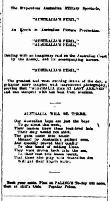
The Sydney Morning Herald (19 May 1917, p.2) advertised the wartime spy film with a verse of stirring patriotic poetry:
AUSTRALIA WILL BE THERE.
Our Australian boys are just the boys
To go about this work,
Their leaders knew these bush-bred lads
Their duty would not shirk.
The guns came into action
Manned by Australia's gallant sons,
And speedily proved their quality
To this band of raiding Huns.
They were driven back into the sea,
To their cost this lesson learnt,
That those who play with Australian fire
Will get their fingers burnt.
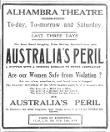
Conversely, the Evening News (31 May 1917, p.8), eschewing poetry, went with the direct question instead: 'Are Our Women Safe from Violation?'
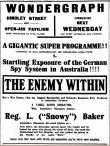
This advertisement from the Mail [Adelaide] (30 March 1918, p.8) walks a fine line between calling The Enemy Within a war film (which its producers did not) and calling it a spy film with some war overtones.

Written by a returned soldier, His Only Chance was filmed by amateur actors as a fund-raising activity for the Red Cross. Punch in Melbourne (16 May 1918, p.19) published a page spread of stills from the film, including this one, in which the German spy and his target relax in a nightclub. The spy (far right) was played by the film's writer, Captain Conant.
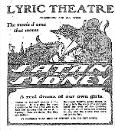
This advertisement from the Sunday Times (14 July 1918, p.12) plays down the war aspect of this, one of Australia's last war-time war films.
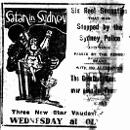
Similarly, this advertisement from the Townsville Daily Bulletin (28 December 1918, p.3) shows nothing of the film's war themes.
A collection of advertisements and other ancillary materials from contemporary newspapers, showing how war films were marketed in Australia between 1914 and 1918.
This tile collects together a selection of films about World War I made in Australia from the outbreak of World War II to the turn of the new millennium.
Explore the films, presented in chronological order, below.
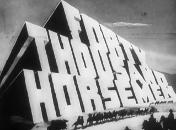

The only major Australian film made about World War I during World War II, this Elsa and Charles Chauvel feature follows the Australian Light Horse in the desert around Jerusalem.
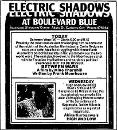

Beginning with shellshock in the trenches of World War I and moving to the internment of German Australians before World War II, Between Wars is very much a post-war film about the effects of World War I on Australian society.


In this post-Vietnam War take on the Great War, a soldier who has returned from World War I damaged in more ways than one finds himself in a tender but troubled relationship with an older woman.
Adapted by Keneally from his own novel of the same name, this film, originally aired on British television, covers the peace talks that took place in Compiegne Forest in November 1918.
Not Peter Yeldham's first take on World War I, but his first in Australia: his earlier work, Reunion Day (about an Anzac Day in Sydney) was shown on British television but never in Australia.


Most likely Australia's best-known film about World War I, and arguably its most influential, Gallipoli was filmed by Peter Weir to a David Williamson script.
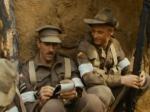

Filmed in the great era of mini-series in Australia, Anzacs is a six-part mini-series following Australian soldiers from Gallipoli to the Somme offensive and on to Armistice.
A German-Australian co-production, Always Afternoon focused on the internment of German civilians in Australia during World War I.


Like Forty Thousand Horsemen, The Lighthorsemen follows the cavalry battles in and around Palestine in the later years of the war.
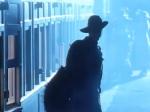

Set in the lead-up to World War I, Boy Soldiers was a film aimed at children (as part of the series More Winners) and showed a fourteen-year-old conscientious objector who refused to register for compulsory military training.
This tile collects together a selection of Australian films about World War I made since 2000.
Explore the films, presented in chronological order, below.
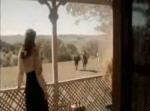

Not strictly a war film, but one that (like its predecessor, The Dirtwater Dynasty) positions World War I as one of the many great upheavals influencing Australian society.


Set in 1916, Beneath Hill 60 explores the role of Australian and German miners on the battlefields of World War I.
Rather than the 'heroic digger' archetype of films made in the actual war years, this film follows a man who reluctantly enlists with a view to staying behind the lines as a baker, and deserts when he is thrown into the front lines.
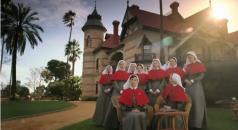

The first Australian television series to look closely at the role of Australian women in World War I.
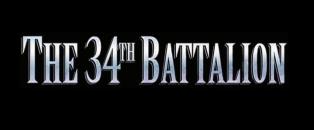

An independent Australian film, The 34th Battalion follows soldiers who feel called upon to enlist after reports of the death toll in Gallipoli come rolling in.
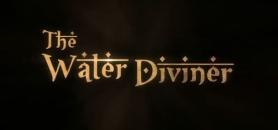

Marking the directorial debut of Russell Crowe, The Water Diviner follows an Australian farmer who, in 1919, travels to Gallipoli in search of his three sons.
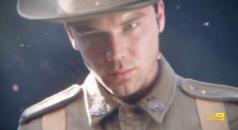

To be released in the centenary of the Gallipoli campaign, Gallipoli is strongly marketing itself via the youth of the participants in the fighting at the Dardanelles.
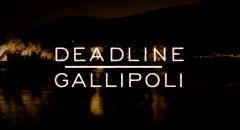

Also timed to coincide with the centenary of the Gallipoli campaign, Deadline Gallipoli follows the war correspondents who helped shape how Australians on the home front experienced Gallipoli.
Re-released by Umbrella Entertainment in conjunction with the DVD release of the film, this is the original promotional trailer for Forty Thousand Horsemen.
The original trailer for the 1981 film Gallipoli.
The original trailer for the 1987 film The Lighthorsemen.
You might be interested in...



